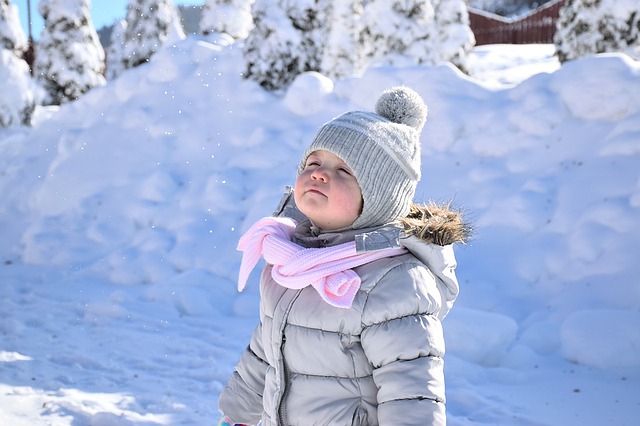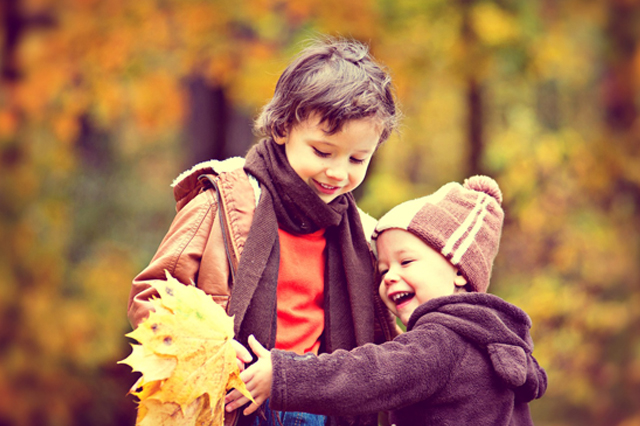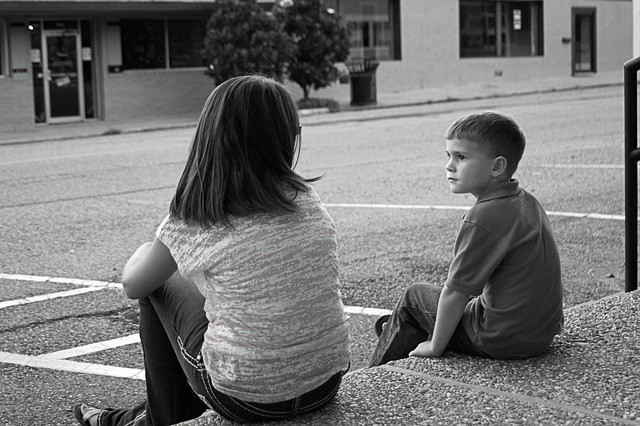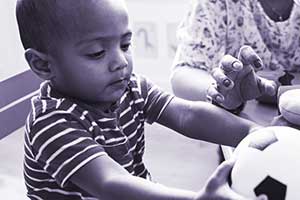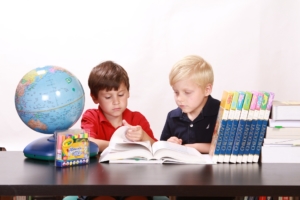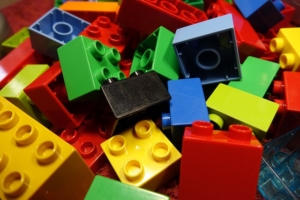Temperatures are dropping faster than many of us would like and weather experts are forecasting a colder-than-normal winter. This would appear to bad news for parents who like to get outside with their children and explore nature and all that it has to offer.
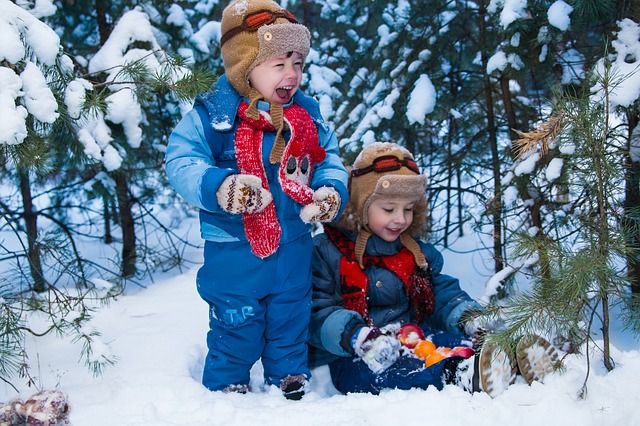
While a particularly harsh Nebraska winter may seem like the end to playing in the great outdoors, this doesn’t have to be the case. In fact, there are several fun and educational ways to engage children outside, even when the weather is frightful!
Helping children to appreciate nature can go a long way toward widening their world and, most importantly, engaging their senses. And while going out in the snow with kids may not seem like it is worth the effort, the truth is that wintery weather provides a plethora of learning opportunities. Everything from animal hibernation to icicles to the shapes of snowflakes allows you to open up their world by simply opening up the front door.
If you are drawing a blank when trying to come up with ideas to entertain and educate children outdoors in the winter, here are just of few of the endless options to implement outdoor learning for kids:
- Identify animals by tracking their footprints in the snow. Even if you live in the city, dog, cat and squirrel prints will be visible.
- Go on a winter scavenger hunt.
- Study the night sky. There are specific constellations that can only be seen in the winter.
- Study how and why icicles form. How do they change over time?
- Draw on the snow with fallen branches.
- Hang edible ornaments on a tree for the animals to come and eat. Ornaments can include dehydrated fruit, popcorn and peanut butter covered pine cones.
- Design an obstacle course.
- Build a snow fort. Measure how big you want it to be. Build bricks out of snow and flatten the walls. You can even draw up a design plan before you begin. The older the child, the more sophisticated the structure can be.
Bundling up For Outdoor Learning in Winter
A lot of parents will tell you that the biggest barrier to playing outdoors in the winter is that it takes too long to get kids dressed or that kids want to come in right away because they are too cold. The key is to make sure that children are dressed appropriately for their environment. Doing so will keep them warm and comfortable and better able to enjoy what they are doing.
The key to keeping kids warm is proper layering. A base layer wicks moisture away from the skin. Avoid cotton because it sticks to the skin and absorbs swat. Use synthetic fibers instead. Make sure the layers aren’t too tight so as not to inhibit circulation. The next layer should insulate. Fleece, wool and down are good choices. The top layer protects again wind, rain and snow. Nylon pants and jackets are the best options. A good hat also is critical as are weatherproof, insulated mittens or gloves. Finally, socks made out of wool or other synthetics work better than cotton. Boots should be insulated, weatherproof and have rubberized soles.
Winter weather doesn’t have to mean an end to outdoor learning for kids. It just requires doing things a little differently!
At Premier Academy we find ways to keep your child engaged in learning, all year around. We offer affordable childcare in the Omaha/Elkhorn area, visit us at premieracademyinc.com.
